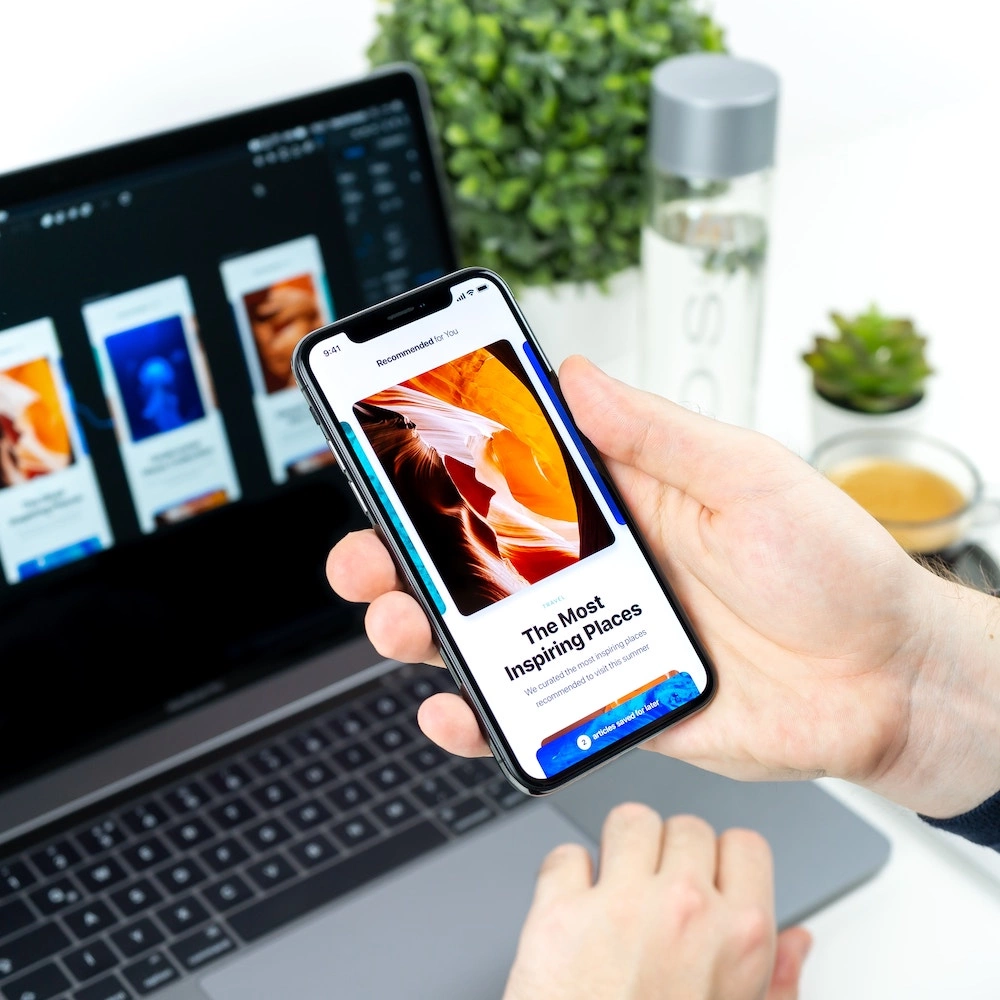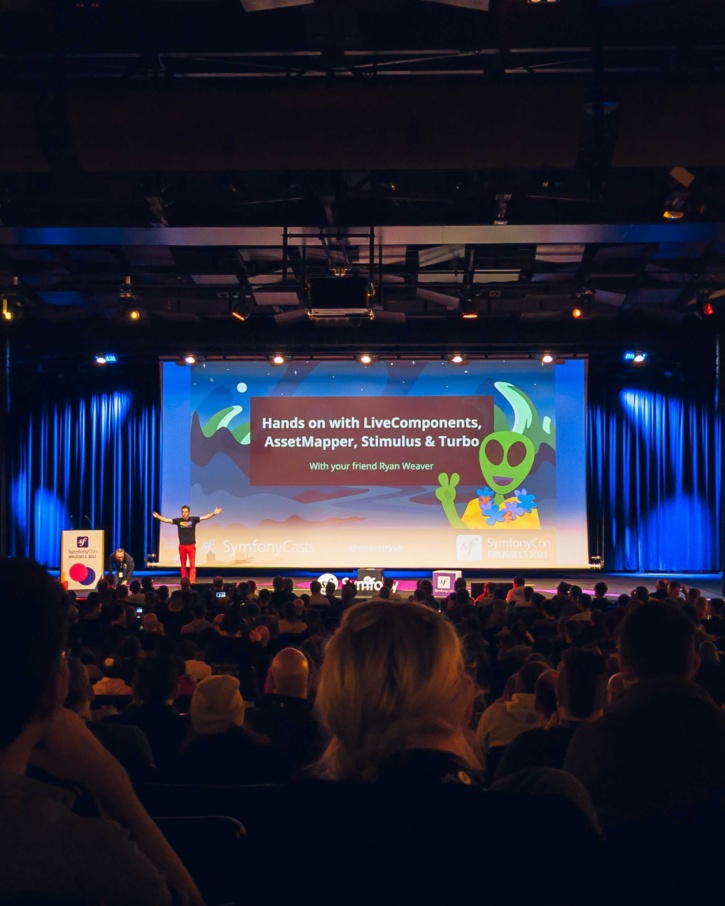
The Psychology Of UX Design, By Elmas Okić

THE HUMAN BRAIN IS LAZY, biased, and prone to shortcuts. Many processes in the brain occur automatically and without the involvement of our consciousness. Even several seconds before we consciously make a decision, its outcome can be predicted from unconscious activity in the brain. This behaviour evolved to prevent our mind from overloading with simple, routine tasks, but it does present designers today with many challenges.
You may like to think users will read the content on your website, take the time to navigate and explore, fill out any form you throw at them or click your call-to-action buttons. In practice, however, you’ll find often the opposite to be the case. According to Dr. Fogg’s Behavior Model, behavior happens when a person is motivated, has the ability to partake in the behaviour, and is presented with a trigger. In addition, motivation and ability can be traded off (i.e., if motivation is very high, ability can be low and vice-versa). In practice, we observe users skimming content and pausing to read-only if triggered by certain words or headlines, as well as users filling out difficult forms only when they highly desire its outcome.
Emotions at the center
Emotions are at the core of a good user experience, and for very good reason. Positive experiences kindle our curiosity, and negative ones protect us from repeating mistakes. Humans form emotional connections with objects on three levels: the visceral, behavioural, and reflective levels. Fear plays an essential role in our decision making, most often by preventing decisions during the buying process. People buy when they feel confident of their decision. Rather than just making logical arguments to persuade users, you are more likely to succeed by appealing to their emotional side and reassuring them. Users can be sceptical about the quality of your product, service, checkout security, etc.
Why should you care?
Companies like Google, Facebook, Apple, etc. invest a lot of resources for researching and optimizing their products to reduce complexity, cognitive load, etc. A great example of subconscious design is how Facebook loads and displays the notification badges way before any other content. A bright red badge catches the user’s attention instantly and impacts their behavior before they even have time to think about it. Times are changing as well. We are increasingly mobile, busy, and less patient. A distracted user on a mobile phone in a busy street means less attention and more mistakes. Reducing cognitive friction and forgiving mistakes (e.g. in typing) becomes more important than ever.

What can you do?
All this talk about psychology and neuroscience sounds fancy, but it’s not hard for you to benefit from it. A lot of research by experts has already been done and many design patterns emerged and established themselves in the industry. A good User Experience Designer will be familiar with best practices and know-how and which ones to utilize. For larger companies, UX Researchers can dive deep into research and testing specifically for their niche. Focus on simplicity. In a study by Google conducted in August of 2012, researchers found that not only will users judge websites in less than the blink of an eye, but also that “visually complex” websites are consistently rated as less beautiful than their simpler counterparts. Another tip is to avoid showing all information up front. Too much information can quickly overwhelm users. Hyper-focus your content and conversion funnels to reduce cognitive friction. This is especially useful on mobile devices, where screen space is limited.
More information you can find here (page 33).
What can we do?
As mentioned before, emotions play the most important role in user experience. Aim to attract positive and avoid negative emotions in your viewers. Intriguing the person with your website will not only increase the number of visitors but also attract them to the products and services which are offered on site.
Feel free to contact us when in need of an attractive web site.






